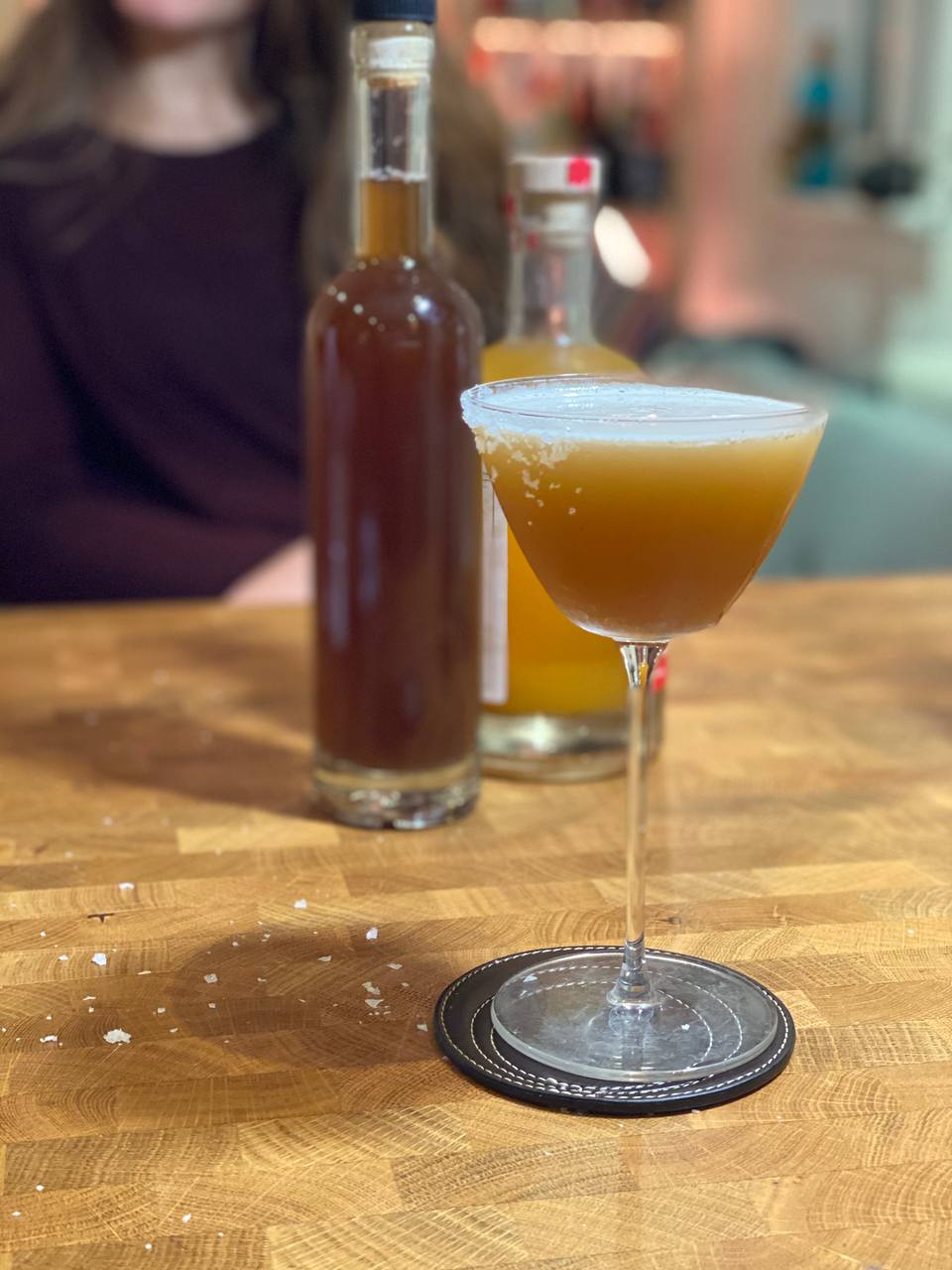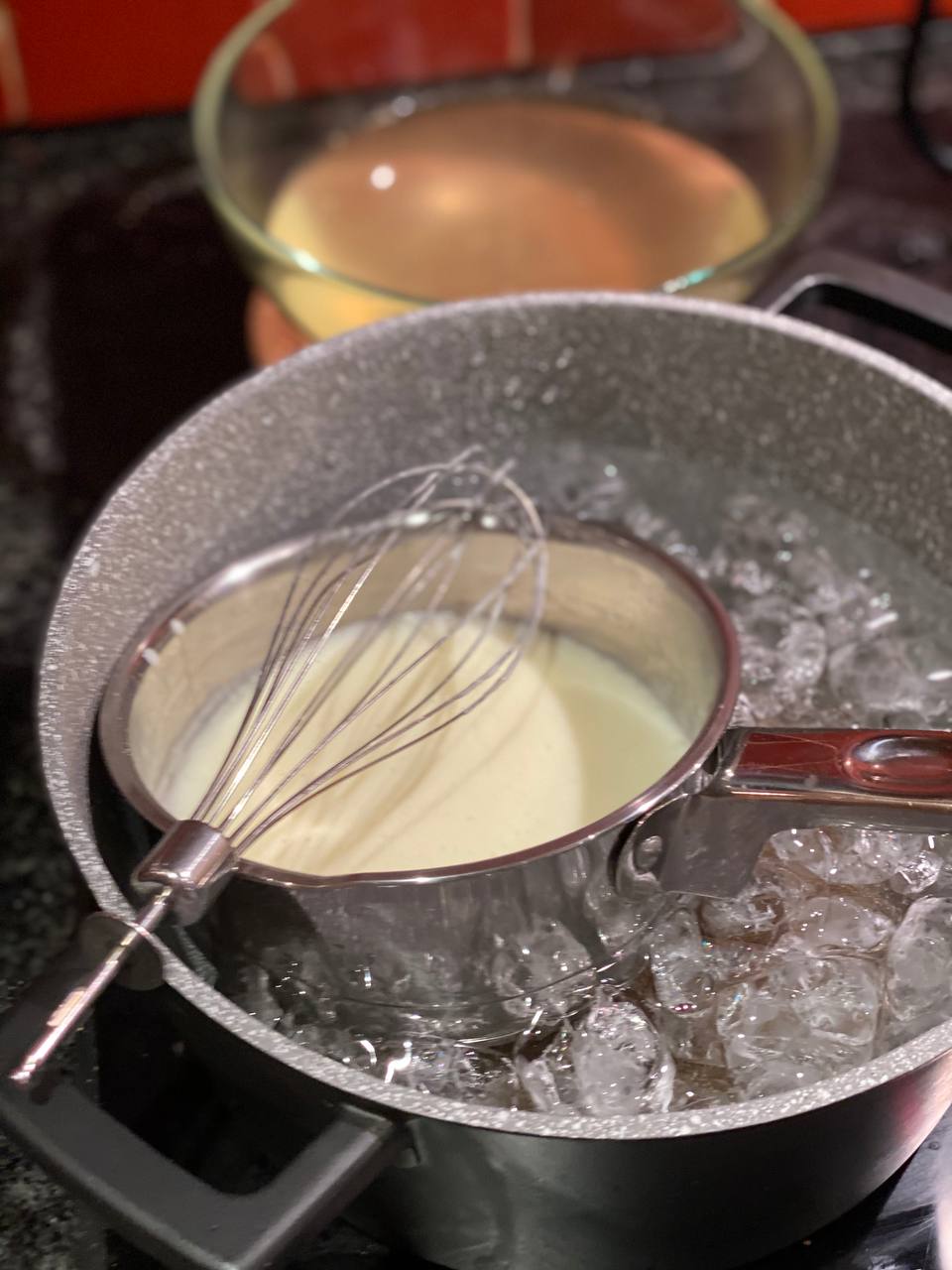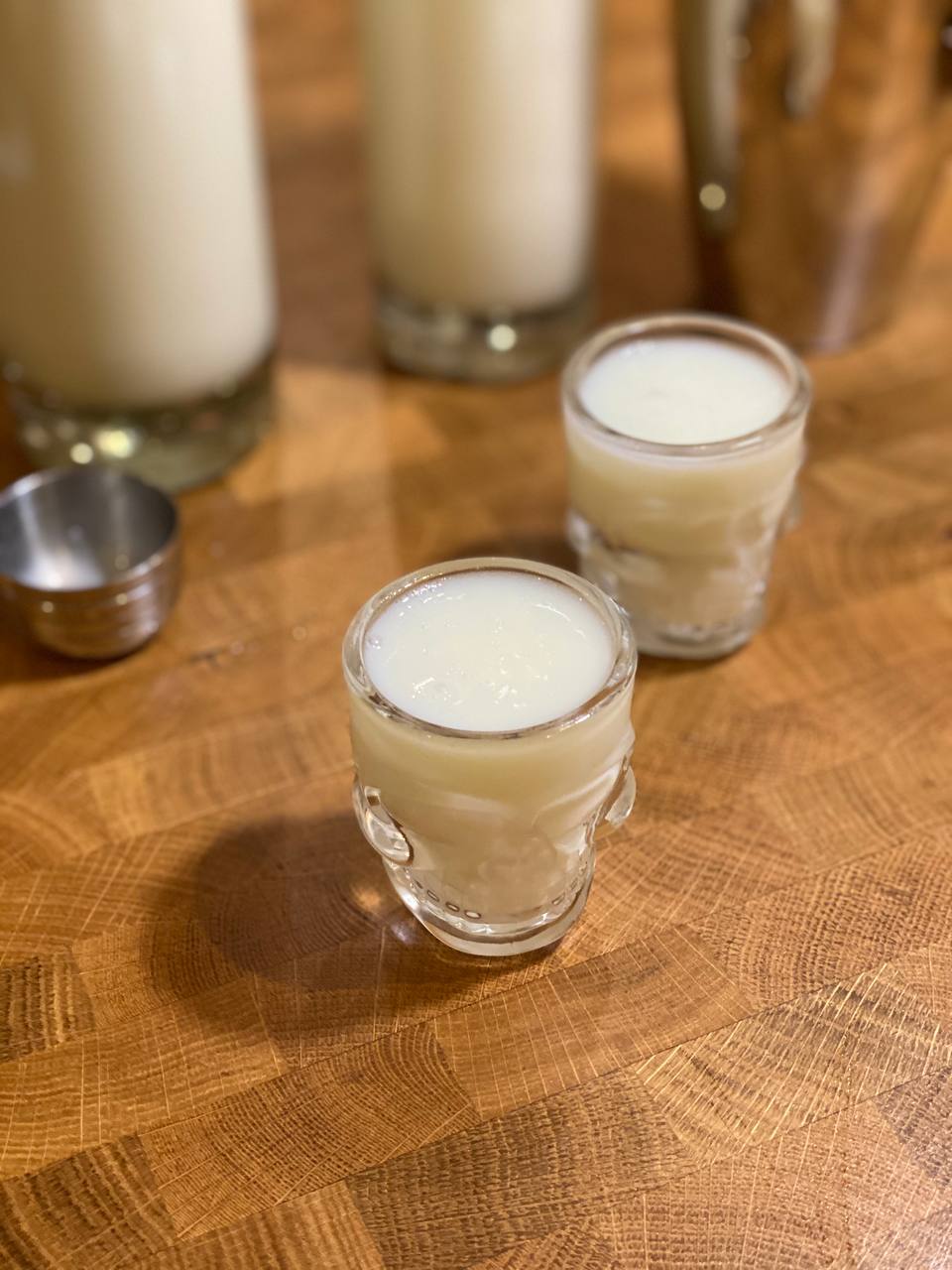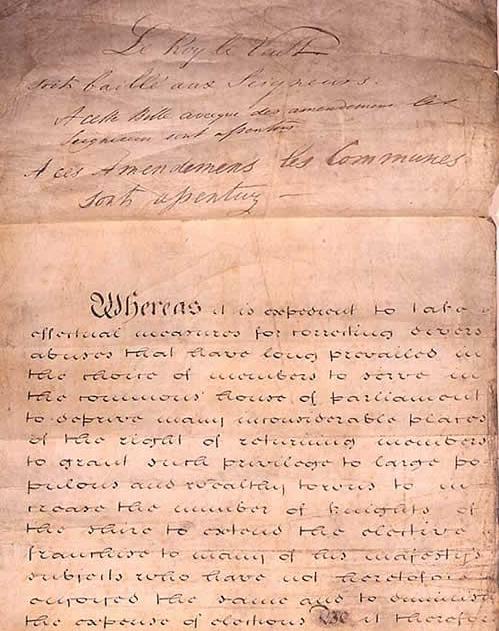Tuesday Triage #42
- TUESDAY TRIAGE #42 by Vadim Drobinin
- On zero-proof
- Things I enjoyed reading
- 1. The Unlikely Success of Fish Sticks by Ute Eberle
- 2. Tiny Wins by @notdetails
- 3. "O Uommibatto" by Angus Trumble
- 4. What3Words – The Algorithm by @cybergibbons
- 5. Grammar-Nerd Heaven by @MaryNorrisTNY
- 6. Why it’s nearly impossible to buy an original Bob Ross painting by @zzcrockett
- 7. The art of solving problems with Monte Carlo simulations by Gabriel G. Carvalho
- 8. How Long Can We Live? by Ferris Jabr
- 9. Weary of Work by Emily K. Abel
- 10. ‘Frenssh’ as it was ‘spak’ in medieval England by @BLMedieval
- Things I didn't know last Tuesday
- 1. Honorary citizenship of the United States
- 2. Melted candles particles are bad for health
- 3. Utsuro-bune
- 4. Accent doesn't make people more appealing
- 5. La Reyne le veult
- 6. Saveloy
- 7. Highway hypnosis
- 8. Gel pen follower
- 9. Russian Tea in Japan
- 10. Claque
- Book of the week
- Thank you and see you in a week!
TUESDAY TRIAGE #42
by Vadim Drobinin ¶
Your weekly crème de la crème of the Internet is here!
04.05.2021 (read in browser)
On zero-proof ¶
Many people somehow think that others enjoy drinking cocktails for the alcohol side-effects.
I find it both offensing and rather far from truth.
The thing is, if there were a way to condense the same palette of flavours in mere drops of any liquid, alcoholic beverages wouldn't be so popular.
Sadly, ethanol is way better at extracting flavours from herbs, vegetables, spices, and fruits, than pretty much anything else -- and we have to work with what we have.
That being said, this week I was slowly walking through some recipes from the folks behind the chef Grant Achatz's Alinea restaurant to make "spirits" and cocktails that are spiritfree.
I mean, if it is good enough for a three Michelin star restaurant, surely it should be good enough for me?
Many of recipes they offer call for some really obscure ingredients (think guar gum, or coconut aminos, or verjus blanc) but luckily I have most of them at hand. Here is their take on Mezcal and Tequila:

Both feature plenty of herbs, but Mezcal is shifted towards smoky profile by infusing a burned pineapple peel, and Tequila is more fruity thanks to a bigger selection of fresh herbs it was steeped in. Neither tastes like the real thing, but it was never the goal -- the goal was to make the bring the same feelings and memories, and this pretty much works as expected.
I also made some orange "liqueur", heavily inspired by Curacao, and it actually tastes almost like the real thing. Absolutely delicous on the rocks, in cocktails, or with some seltzer and a shrub.
I tried both spirits and the liqueur in a classic riff on Margarita with lime juice, and while mezcal-based version felt too harsh on the smell, the tequila-based one tasted pretty much like a real booze-based Margarita, albeit with a slightly more complex herbal profile. Both of these drinks were too hard to finish as a shot thanks to a plenty of spices, and the tequila-based version even had a slightly tongue-numbing after-feeling due to some very specific peppercorns.

Another cocktail I made was a somewhat riffed version of Crema di Limoncello, with a plenty of evaporated milk and lemon pith:

Sasha found it more pleasant than the real limoncello, and I can see where it's comming from. Maybe I can just freeze the leftovers and serve them as sorbet too.

All in all, that was a great experience and I am pretty sure I will keep trying my hand at those zero-proof cocktails, given that the techniques used to produce all those stocks and concoctions are opening up a huge world of possibilities in the more common, booze-based mixology (think juicing raw mushrooms or making a bubblegum stock).
On that note, the word "mocktail" refers to something completely different and usually implies a can of Sprite on the rocks with some muddled lime and mint.
It can be a pleasant drink nonetheless, but not really a zero-proof cocktail.
Things I enjoyed reading ¶
1. The Unlikely Success of Fish Sticks by Ute Eberle ¶
Fish sticks is something I despised in my childhood, but here on the island they seem to be, first, way fresher, and second, not that different from hot dogs (but from the ocean).
When Queen Elizabeth II celebrated her 90th birthday in 2016, Birds Eye presented her with a sandwich valued at US $257 that included blanched asparagus, saffron mayonnaise, edible flowers, caviar, and—most prominently—gold leaf–encrusted fish sticks.
No surprise they also have a long history, and went from rags to riches.
2. Tiny Wins by @notdetails ¶
This is a great and much needed post on the importance of tiny things:
I recently shipped two things at GitHub that had an impact beyond my wildest dreams. The amount of gratitude and love that spilled out of the community is like nothing I’ve seen before. But the things I shipped weren’t these huge, meaty projects. They were tiny.
As someone who uses Github daily, I can confirm that since they're released my life is definitely more pleasant. Not necessarily significantly better, but "more pleasant" is quite a lot too.
3. "O Uommibatto" by Angus Trumble ¶
Who'd think that wombats were pretty much as popular back then for Englidh, as cats for Egyptian? Here is a hilarious deep dive into painters, poets, and art critics who were fascinated by these creatures two centuries ago.
Of course, the Pre-Raphaelites were not the first English to become enamoured by the unusual creature. Wombats captured the attention of English naturalists as soon as they found out about them from early settlers, explorers, and naturalists at the time of first contact. The Aboriginal word wombat was first recorded near Port Jackson, and though variants such as wombach, womback, the wom-bat, and womat were noted, the present form of the name stuck very early, from at least 1797.
4. What3Words – The Algorithm by @cybergibbons ¶
This is quite a famous project, and is used pretty much everywhere in the world these days. However, seems like the idea behind it has its own flaws, and might turn into a dangerous issue once it gets even more popular.
This means the number of squares where this could be a problem is crucial. What3Words say the odds are “1 in 2.5 million” – but they seem to be under 1 in 100 in cities in the UK.
This might be OK if you are ordering takeaway, but if the application is directing emergency services to your location, these errors could cause serious problems.
The most surprising part is that the research who found the flaw now is being sued by the company for copyright issues.
5. Grammar-Nerd Heaven by @MaryNorrisTNY ¶
Who'd think that the world of grammar books is so competitive? It does make sense in retrospective, especially given that these books are used by millions every year, and yet I am still surprised people actually fight with each other for decades over it:
For decades, he pressed his case for copyright reform, eventually becoming known as the father of American copyright law. Meanwhile, Murray’s Grammar was popular on both sides of the Atlantic; with its sequels, he ultimately sold more than fifteen million books. Webster fell back on lexicography.
6. Why it’s nearly impossible to buy an original Bob Ross painting by @zzcrockett ¶
Not like I've been roaming through eBay lately trying to pick up a few pieces of modern art (althoguh who knows?), but then Bob Ross inspired so many pieces of pop culture one would think there should be huge collections of his artwork.
Online, you can acquire Bob Ross paints, Bob Ross brushes, Bob Ross underwear, Bob Ross coffee mugs, Bob Ross energy drinks, Bob Ross watches, and Bob Ross toasters.
But there’s one thing you won’t often see for sale: his artwork.
The lesson is simple: if you happen to find one, hold onto it (works with pretty much any famous person's work though).
7. The art of solving problems with Monte Carlo simulations by Gabriel G. Carvalho ¶
Here is a funny and easy to go through tutorial in Go, which does't require any prior knowledge of Go.
It doesn't require any prior experience with the Monte Carlo algorithm either, and I can't decide which one is a better bonus.
By now, you should’ve realized that the Monte Carlo method gives you immense problem-solving powers, even if you’re not very familiar with the underlying theory or even if such a theory doesn’t exist. For instance, see the percolation problem, where no mathematical solution for determining the percolation threshold p∗ has yet been derived.
I am still quite enjoying the method, even though it's been years and years since I got to use it for the first time (I am pretty sure it was something very straightforward, like the PI computation).
8. How Long Can We Live? by Ferris Jabr ¶
Probably one of the biggest questions of that century, especially given that singularity promised us decades ago is not in sight, still doesn't get an answer in this post, but the research is quite interesting:
By age 88, Calment had outlived her parents, husband, only child, son-in-law and grandson. As she approached her 110th birthday, she was still living alone in her cherished apartment. One day, during a particularly severe winter, the pipes froze. She tried to thaw them with a flame, accidentally igniting the insulating material. Neighbors noticed the smoke and summoned the fire brigade, which rushed her to a hospital. Following the incident, Calment moved into La Maison du Lac, the nursing home situated on the hospital’s campus, where she would live until her death at age 122 in 1997.
9. Weary of Work by Emily K. Abel ¶
That's quite spectacular to observe how people's effeciency and velocity changes through time, and psychological health affects velocity, especially given that burnout becomes a more common topic only in the last years:
Another kind of fatigue was associated with manual labor. Historian Anson Rabinbach demonstrates that physiologists at the turn of the twentieth century drew on the discovery of the laws of thermodynamics to conceptualize human bodies as motors capable of converting energy into work. Fatigue was a critical issue because it prevented humans from working as long and efficiently as machines.
10. ‘Frenssh’ as it was ‘spak’ in medieval England by @BLMedieval ¶
One could never get too tired from linguistics, so if you fancy a intro into French circa 11th century please be my guest:
In the same vein, there are examples of French medieval commentators criticising the way French was spoken in England as it evolved from being the mother tongue of royalty and the nobles who crossed the Channel after the Norman Conquest to being an acquired status symbol, as it was for Chaucer’s prioress. A separate dialect known as Anglo-Norman diverged from the French used in mainland France during this period. Spelling, pronunciation and vocabulary were influenced by the Norman French spoken by William the Conqueror and his followers, and by the existing vernacular, Old English, still used by much of the local population.
It's not like it has changed much, to be honest. Still same vibes at least -- to me pre-Shakespearean English sounds more odd comparing to the one we speak today.
Things I didn't know last Tuesday ¶
1. Honorary citizenship of the United States ¶
There is one way to get a US citizenship which somehow gets overlooked by many:
A person of exceptional merit, a non-United States citizen, may be declared an honorary citizen of the United States by an Act of Congress or by a proclamation issued by the President of the United States, pursuant to authorization granted by Congress.

For those jumping on a ship like Lafayette to join the ranks of sir Winston Churchill and Mother Teresa, bear in mind that it still doesn't make eligible for a proper US passport, and can't be used as a real document.
2. Melted candles particles are bad for health ¶
Seems like for those who don't smoke, burning candles is worse than pretty much any other air polution at home. Even cooking particles are less bad for one's health.
If candles burned completely, every molecule from the wax would end up combining with oxygen to become CO₂ or water vapor, but candles don’t burn perfectly. Around the edges of the flame, clumps of carbon molecules — maybe 0.1 percent of the mass of the candle — are flung away before they finish burning, sort of like bits of food sprayed out by a kitchen mixer. These particles contribute to smoke and soot.
3. Utsuro-bune ¶
Probably one of the first records of a UFO, or just a beautiful legend inspired a plenty of modern spaceships' design decisions.
According to legend, an attractive young woman aged 18-20 years old, arrived on a local beach aboard the "hollow ship" on February 22, 1803. Fishermen brought her inland to investigate further, but the woman was unable to communicate in Japanese. She was very different from anyone else there. The fishermen then returned her and her vessel to the sea, where it drifted away.

4. Accent doesn't make people more appealing ¶
For those thinking that French accent makes everything better I have some bad news:
If you need another reason not to put on an accent, there is evidence it pays to be completely average. People with average looks and average voices are thought to have more heterozygous major histocompatibility complexes (MHCs). This is a sequence of DNA that codes for cell-surface proteins that help our immune systems detect which cells in our bodies belong to us and which are outsiders. Being able to do this means we can quickly identify pathogens and destroy them. Therefore, average individuals are better placed to pass on useful genes for a healthy immune system.
On the other hand, in the same article researchers mention that women prefer deeper voice in men. But only if these men are already popular.
Tough life.
5. La Reyne le veult ¶
As a developer I often complain about legacy code, which is usually something written a few years ago.
The UK Parliament has to stick to some legacy from seven hundreds years ago, or even more. And they use it pretty much daily:
La Reyne le veult ("The Queen wills it") or Le Roy le veult ("The King wills it") is a Norman French phrase used in the Parliament of the United Kingdom to signify that a public bill (including a private member's bill) has received royal assent from the monarch of the United Kingdom. It is a legacy of the time prior to 1488 when parliamentary and judicial business was conducted in French, the language of the educated classes dating to the Norman Conquest of 1066. It is one of a small number of Norman French phrases that continue to be used in the course of parliamentary procedure.

6. Saveloy ¶
Over the weekend I had a chance to try this beautiful national dish:
A saveloy is a type of highly seasoned sausage, usually bright red, normally boiled and often available in British fish and chip shops, especially in London, Buckinghamshire, Essex, Newcastle, Stoke-on-Trent and the Midlands. It is occasionally also available fried in batter.

However I managed to stop myself, thank you very much.
7. Highway hypnosis ¶
The example here relies on driving, but it pretty much works for other scenarios too:
Highway hypnosis, also known as white line fever, is an altered mental state in which a person can drive a car, truck, or other automobile great distances with no recollection of having consciously done so. In this state, the driver's conscious mind is apparently fully focused elsewhere while seemingly still processing the information needed to drive.
If you ever managed to write 500 lines of code and then realise that you have no memory of actually doing it, now you know how it's called.
8. Gel pen follower ¶
Not sure if folks still use gel pens these days, but I could finally answer a question from my childhood and explain what is that transparent liquid at the end of the ink filler:
Gel pens usually have their ink in a clear plastic barrel. The ink is at the front and then there is something at the end. This end material is actually a thick goop, not a solid stopper. The end material is called the “follower” or “stopper”and it’s designed to improve the function of a gel pen.
9. Russian Tea in Japan ¶
If you happen to come to Japan and decide to have some Russian tea there, beware of consiquences:
In Japan, the term "Russian tea" is used to refer specifically to the act of having black tea with a spoonful of jam, whether added into the cup or placed on the tongue before drinking. The typical choice is strawberry jam, but not exclusively so.
From other sources, seems like rose jam is quite common too, and is often consider to be a romantic gesture that a girl could make for her parner.
We also know who to blame for it: the book that mentions Russians drink tea with jam is dated back to 1964, and the author simply states that while people in Russia don't mix jam into the tea, they prefer to do it that way, and call it Russian tea when serving to Japanese fermers.
10. Claque ¶
Ah, the culture we lost:
See that row of men clapping wildly in the front row, and crying “Encore, encore?” They’re actually employees of the theater, just like the musicians. That woman dabbing tears from her eyes? By day, she’s a professional mourner; by night she brings her talents to the opera house, in order to increase the impact of the melodramatic scenes.

If anyone needs a claque to come to their restaurant, eat their food, and then cry "More, I want more!" please drop me a message, I will reply with a CV.
Book of the week ¶
To understand spirits better, just sampling them is not enough. This week I've been reading through a very personal half-memoirs, half-diary of Ron Cooper, titled Finding Mezcal: a journey into the liquid soul of Mexico:
I didn’t know much about mezcal just yet, but I knew that mixing the villages was tantamount to sacrilege. Each mezcal was not just from a distinct village; it was the village. It was the aroma and flavor of each singular place, distilled. More importantly, it was the hand of each maker—his unique touch that communicated his years of experience, his style, his technique, his sensibility, his family history, his pain, his joy—bottled. As an artist, I understood each sample as a distinct piece of work and wasn’t about to violate the work’s integrity.
And the liquid soul it is.
The book is both a documentary and an adventure, and it builds up the story the same way mezcal is made -- from light, space, and liquid to generations and clay pots to corn fields.
My first proper introduction to mezcal was years ago, in one of the world's greatest bars, and then continued through bottles of pure agave juice fermented into liquid goodness, but there is still so much to learn.
At least I can make a zero-proof replica now.
It requires so much polishing though.
Thank you and see you in a week! ¶
If you have any questions, or want to suggest a link for the next newsletter, please drop me a message on Twitter or reply to this email.
Cheers! 🍸